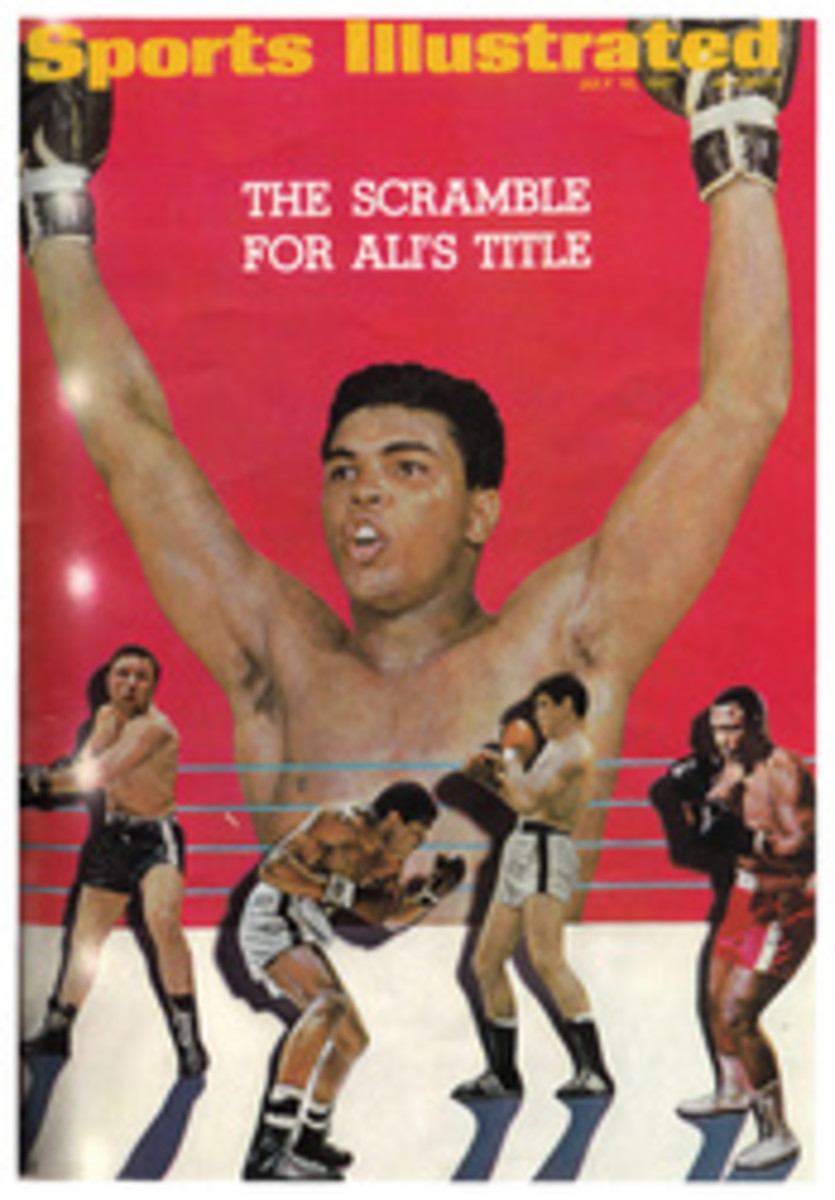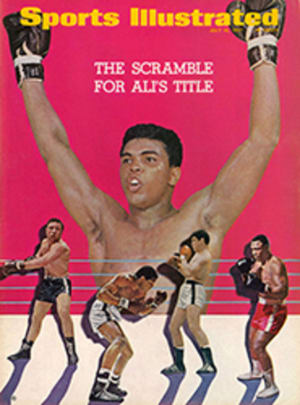
Beating 17 greens and a brown
The $200,000 Canadian Open, or Omnium Canadien, or Expo Open, as it came to be known somewhere along the line, had all the makings of one of pro golf's happiest 1967 stopovers. Thrusting out of the St. Lawrence River only a few brassie shots away was the razzle-dazzle of spires and domes and interplanetary whatchamacallits of Expo 67. Montreal, the swinging city, was straining under carloads of footsore parents and their clamorous offspring, dogged oldsters and hirsute hippies—every last one of them cranked up for the time of their lives. Out by the golf course, motels and drive-ins had sprung up like dandelions on a commuter's front lawn. Even Queen Elizabeth and Prince Philip were coming to Expo. It seemed the ideal occasion for some wonderful golf and a gay old time to boot.
Then the pros saw Montreal Municipal Golf Course, and as far as they were concerned there wasn't an exhibition on those funny islands over in the St. Lawrence that could rival in laughs the setting for this third richest event in the history of golf. That is to say, laughs for Bill Casper, who collected the $30,000 first prize by shooting a stunning 65 to defeat Art Wall in a playoff. The reactions of the rest varied from outright ire to Arnold Palmer's ultimate in tact: "If we could disregard conditions, this would be a satisfactory course."
The cause of this non-acclaim was a flat, tree-studded, innocuous-looking 18 holes that resembled, at casual glance, a patch of African veldt transplanted to the Montreal suburbs. Mayor Jean Drapeau wanted the Canadian Open so badly as a sideshow for Expo 67 that he dug $600,000 out of the city treasury to remodel the course and added $100,000 to the purse to show the Royal Canadian Golf Association how serious he was about its championship. This, when combined with the $100,000 put up by Seagram distilleries, brought the prize money to such a high figure that the tournament drew the best field of the year—49 of the top 50 money winners. But, unfortunately, money can't do everything. Montreal's $600,000 was spent on bending doglegs into the fairways, placing a lot of new bunkers at uncomfortable locations, planting dozens of little pine trees that will be spectacular in another 12 or 15 years and building a fine new clubhouse. So far so good, except that the Canadian springtime failed to cooperate. Not frantic sodding or truckloads of fertilizer could keep the course from looking like one vast stretch of ground under repair. And the 17th green was a thing apart.
It was the first brown green to be seen on a major golf course since sand went out of style as a putting surface. Surrounded on three sides by towering spruce, elm and maple trees, the green on this long par-3 had received only intermittent flashes of sunlight since being seeded. On Thursday it was a stage for comedy-in-the-round. For example, Steve Opperman hit a fine tee shot to within 20 feet of the hole on the high side. His gentle first putt rolled 12 feet past the hole before a lonely blade of grass—or something—halted it. The next putt rolled four feet above the hole. The one after that went four feet below, which is fun on a miniature putting course, but not when almost a quarter of a million is on the line. Opperman finally lagged an uphill four-footer close enough for a tap-in, which made it five putts for a triple-bogey 6. R. H. Sikes, a good putter, was one of several who needed four.
When the threesome of Arnold Palmer, Dave Marr and George Knudson arrived at the 17th, Knudson found himself facing an 18-foot downhill putt for his par. Queasily, he tapped the ball as lightly as possible and then watched it roll 20 feet below the cup. "The trouble with you, George," Dave Marr said to him, "is that you don't know how to read the dirt." Later Marr described 17 as "like putting downhill on a Howard Johnson roof—with the shingles."
Perhaps it was the course, and perhaps it was the strain of the players' renewed brawl with the PGA, but the golf that Montreal's crowds of 20,000 a day saw was hardly of the championship quality that their good mayor had envisioned. Palmer played some of his most erratic shots in months. Gary Player scarcely made the cut, and Doug Sanders and Masters Champion Gay Brewer both missed it.
Instead of watching these luminaries, a sports-minded refugee from Expo 67 who was determined to play follow-the-leader would have found himself dashing between the likes of Laurie Hammer and Roger Ginsberg on Thursday, perhaps catching Steve Reid on Friday and certainly Dale Douglass on Saturday, at least until Douglass missed an eight-inch putt at 17. The only vaguely familiar figure was 43-year-old Art Wall, whose steady 67-70-70 had earned him a two-stroke lead by Saturday night.
It took a 45-minute thunderstorm on Sunday to clear the air of so much inconsistency. Television towers were blown over, tree limbs fell into the mud on the 17th green and some familiar figures began to storm after Wall. There was Nicklaus, who went out in 32 and closed to within a stroke before a bogey on 17 undid him. And Julius Boros got struck down at 17, too, as did the toughest of the unknowns, Reid.
When Wall, playing in the last group, made it through 17 with a par he appeared near the biggest financial success of his long career. A man whose luck had seemed to be nothing but bad since 1959, when he was the leading money winner, he had overcome a long catalog of infirmities and was once again going his quiet, gracious way about the tour.
As Wall was parring 17, Bill Casper, quite unnoticed, birdied it. On 18, a par-5, Wall hit three sound shots that got him within 25 feet of the hole. Needing only two putts to win, he stroked the first five feet past, and watched as Casper sank a 14-footer for a birdie. Now Wall needed his short putt, but the steadiness of his whole four days was gone. He missed and was almost speechless with dejection as he walked away, confronted with a playoff instead of the glory of his comeback.
There is no better bad-green putter in golf than Bill Casper. On Monday he handled Montreal's 17 greens and one brown in beautiful Casper fashion, beating Wall's own fine 69 by four strokes to win the 58th Canadian Open—and the first, last and only Expo Open.
PHOTO
MONTREAL'S INFAMOUS 17TH GREEN CLAIMS ANOTHER VICTIM, THIS TIME CHRIS BLOCKER

